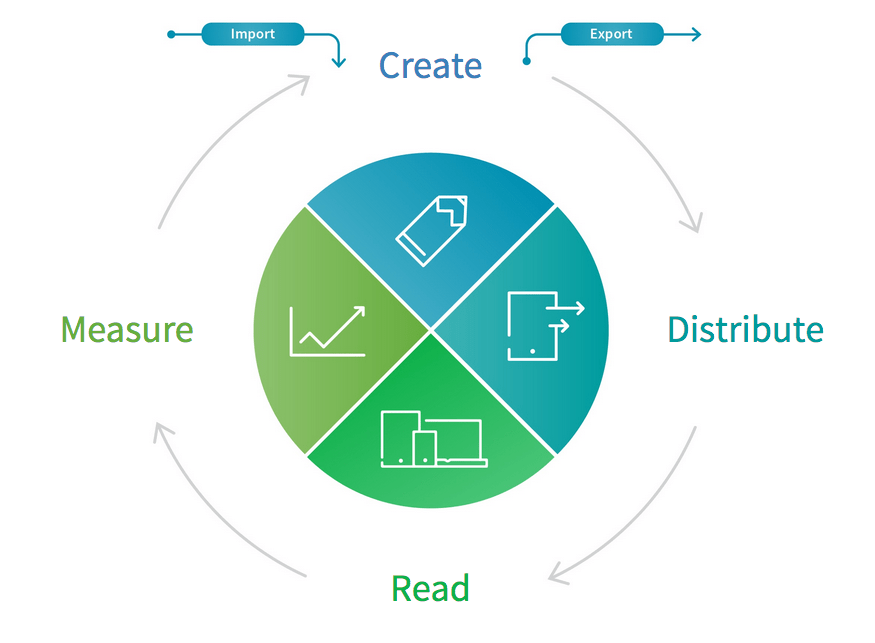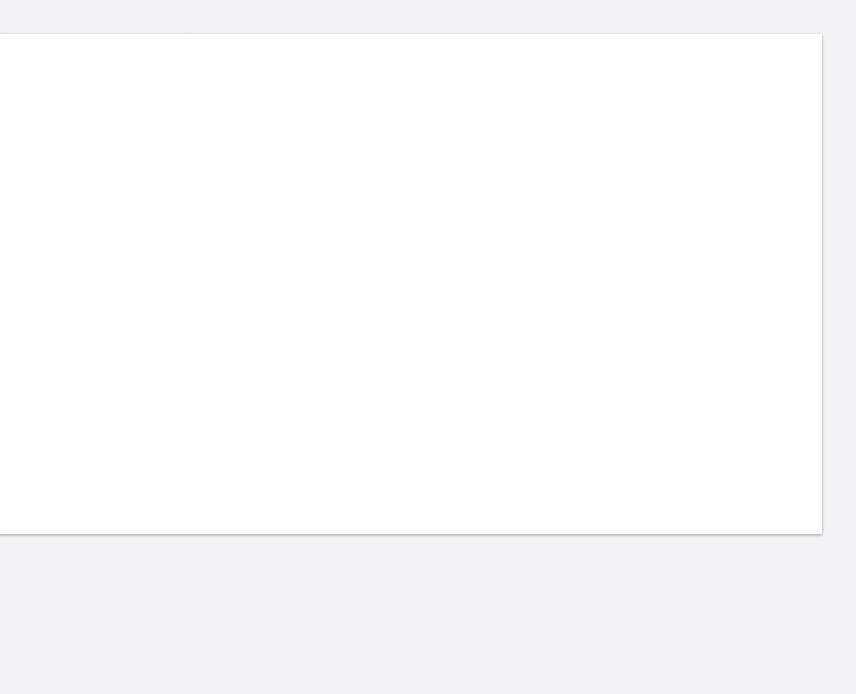Solving Publishing’s Direct-to-Consumer Problem
There’s no question that today’s consumers are buying books differently. More and more readers are forgoing brick-and-mortar retailers for e-commerce companies like Amazon, and they increasingly want digital copies, as well as print. For most publishers, it’s not a question of if their readers are online, but how they can best reach them. And while the most obvious answer might be Amazon, selling through Amazon comes with a hefty fee that many publishers are tired of paying. What’s the solution?
To Digital Book World, it’s about taking back control. Other industries have gone head to head with Amazon “and they’re succeeding, building online stores that do a decent job of both cultivating brand identity and making money.” In today’s market, DBW points out, a publisher’s website is its biggest weapon. It is the “most effective, most controllable, least costly means of selling books at a dramatically higher margin than [they] can ever hope to achieve through online resellers and bricks-and-mortar retailers.”
But while this is certainly true, sales is one piece of a much larger puzzle. Here at Inkling, we’ve discovered that our publishing customers feel most empowered when they’re in control of their entire process, from end-to-end. That means controlling distribution, measuring engagement with their end product among readers, and creating products that don’t conform to proprietary standards. In this post, we’ll trace our steps backward, starting with the distribution problem at hand, and ending with how publishers can ultimately create more engaging content.

1. Distribute
As mentioned, the end-goal for distribution is channeling readers toward a publisher’s own website or ecommerce site. Without building a custom site from the ground up, publishers should partner with companies that help marry the ecommerce and reading process. For example, Inkling’s fulfillment API allows publishers to distribute their content directly through their own channels, as seen with Elsevier’s Student Consult. Publishers shouldn’t have to build their own Amazon; instead, they should partner with companies that give them the necessary tools to compete.
2. Read
Taking ownership of their own distribution channels offers publishers more freedom to distribute different content products. This is especially important as publishers compete with the ease of a Google search and the hordes of free content that it returns. Today’s readers know that they can get free, digital content anywhere. But publishers have the opportunity to offer consumers what they can’t get from the web: engaging, interactive content that does more than just provide information.
3. Measure
Once publishers release new content to the public, they should be able to measure it. Publishers should look for a software solution that allows them to pull numbers on what digital titles see the most use, what pages their readers find most interesting, and what devices their readers are using, so they can better optimize their content. Unlike blindly handing over their titles to Amazon, publishers should be able to use data to continue learning and improving their content.

4. Create
Finally, we bring it back to the origins of publishing: content creation. This is where publishers can really start to produce a better content experience, distribute it from their own channels, and measure its success. Not surprisingly, it’s pretty tough to do that through proprietary content standards, such as iBooks or Kindle. By building in open standards such as HTML and CSS, publishers can have full control over their user experience, while still giving themselves an easy route to create ePubs and print products for distribution into other outside channels.

The Bottom Line:
On the surface, it’s a trying time for publishers as many grapple with Amazon’s steep fees and surmounting digital output requests from readers. However, it’s also an opportunity for growth, and many of the publishers that we’ve spoken to are optimistic about the future. For them, the key has been reclaiming their business to take control of the entire publishing process, from end to end.
To learn more from Inkling’s CEO about exciting opportunities for content production that help publishers thrive in the digital-first age, read “How Publishers Can Embrace the Future of the Book Now.”
